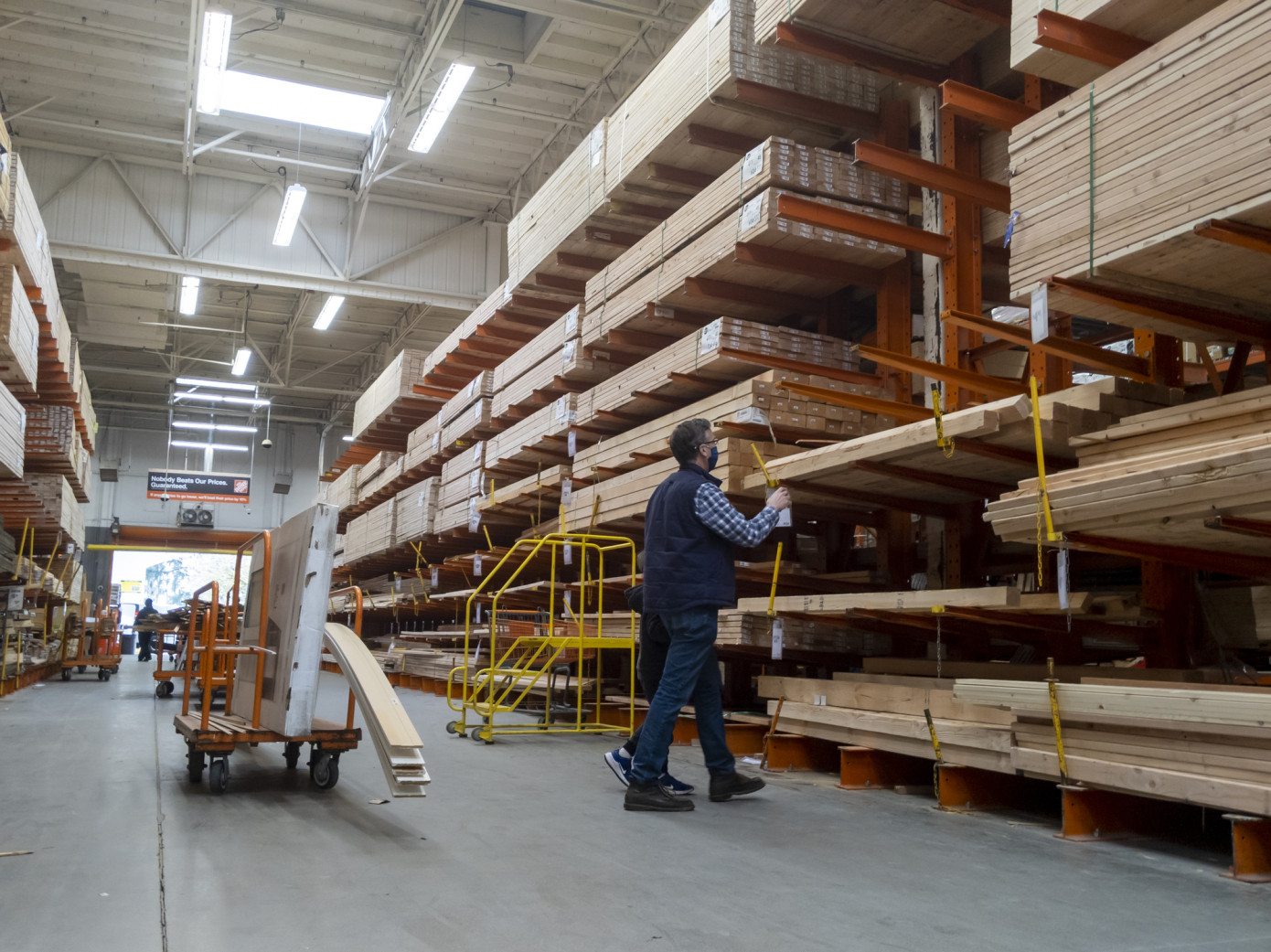The US lumber market remains highly volatile, but the supply chain continues to ramp up production to meet demand, which may serve to smooth out some of the peaks and valleys we’ve seen over the last several months. As the lumber prices remain high, the National Association of Home Builders (NAHB) has urged the Biden administration to work with Canada on a new softwood lumber deal that will eliminate tariffs and help resolve the lumber and building materials supply chain crisis.
According to Scott Reaves, Director for Forest Operations at Atlanta based Domain Timber Advisors, the removal of the tariff will have some impact on pricing, but not a significant one. "Any tariff removal would have some effect on pricing. However, we are of the opinion, the supply of Canadian lumber will likely remain constrained due to forest health issues affecting their annual allowable harvest levels," he says. "We see the US South as the primary wood producing region for the next several years”. An increase in supplies from the US South may hold back the rise in lumber prices as the cost to operate and bring wood to market has shown to be low when compared to other regions.
Construction is on the rise, especially single-family homes, so there is also an increased use of southern yellow pine. February housing starts are at 1.77 million which was over 6% higher than the previous month and over 22% over one year prior. “The US South is the most abundant domestic wood market, so we expect its share of use in building materials to continue to increase”, says Scott Reaves.
Forest owners in the US South can benefit from higher prices for logs, which have long lagged behind lumber. The growth in lumber demand has sent south-wide pine sawlog prices to hit their highest level since 2010 with five quarters of price increases.
The NCREIF Timberland Index returned over 9% for 2021. According to Scott Reaves, this gain has been driven by both land and timber valuation increases spurred by current demographic trends. These have benefited the industry overall and help show the risk diversification and inflation hedging attributes of timberland assets.
Timberland investing has two fundamental value drivers, land value and timber value, and each has to be very attractive tailwinds for years to come. Population growth and movement will continue to apply upward pressure to land values while that same population growth and a demographic shift into home ownership will continue to put upward pressure on timber values. This is especially true in the US South where the population has grown over 10% since 2010.
Another driver for timberland investment may be the proposal of the Securities and Exchange Commission to enhance and standardize climate-related disclosures for Investors. "We believe forestland assets absolutely have a part to play in emission reduction strategies and are seeing significant client interest in this topic," says Scott Reaves. "We expect increased interest in the space from this perspective."
